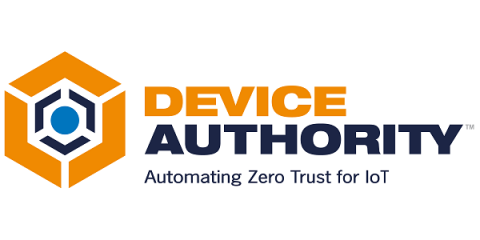How to Enhance Secure Access to Screen Displays for Remote Workers
Remote work is the new normal, and while it is flexible, it can easily introduce security risks. Protecting sensitive information on screen displays is crucial. With employees working from different locations, it's easier than ever to be exposed to threats. Hackers, unauthorized access, and accidental data sharing are just a few concerns. That's why secure access to screen displays is more important than ever. Let's explore how you can strengthen security for remote workers.











